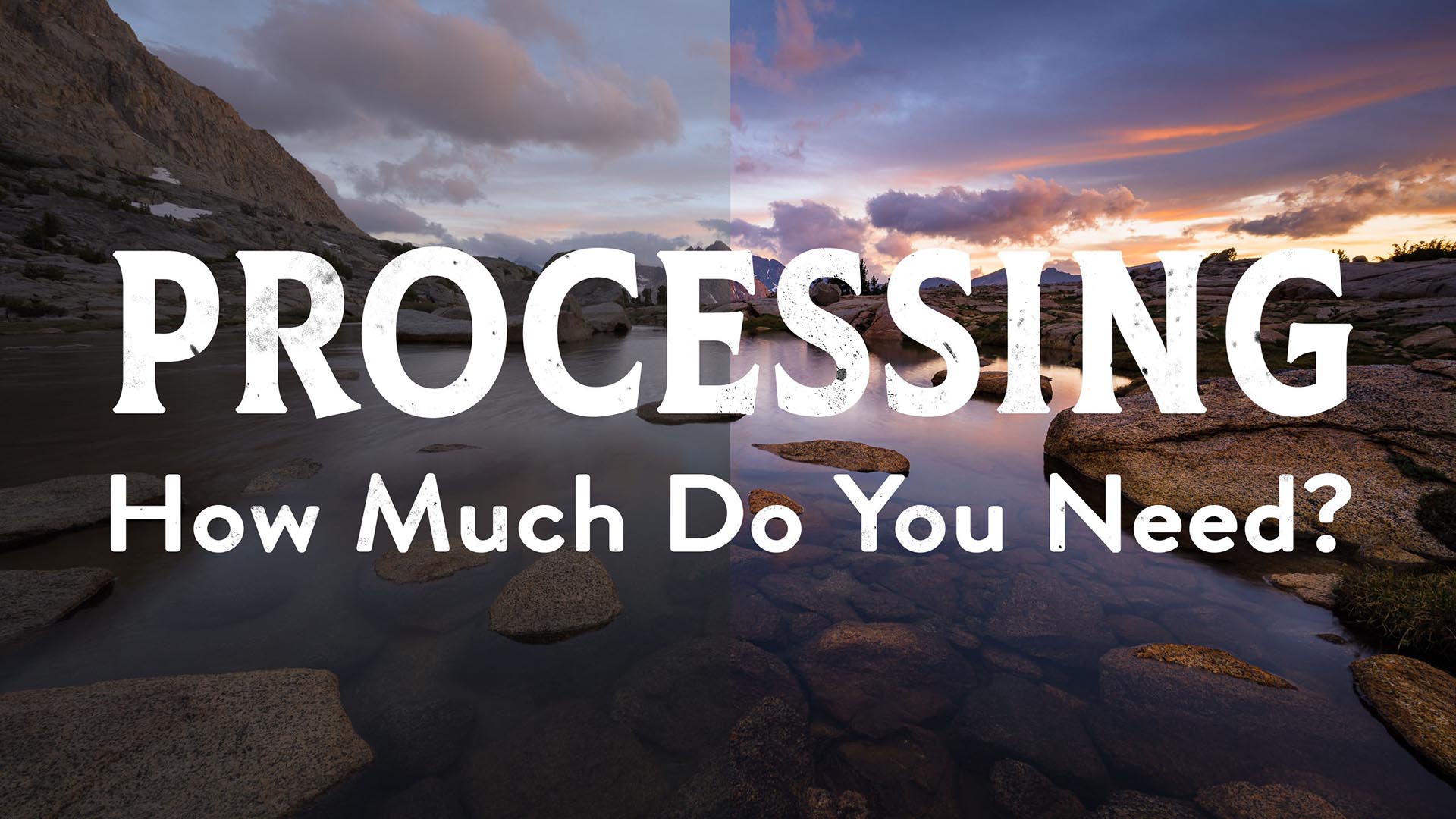
How Much Post Processing Goes Into My Landscape Photos?
Greetings my excellent friends. It’s Josh Cripps here. Now y’all know that I’m a huge believer that you don’t need to be a Photoshop expert

Greetings my excellent friends. It’s Josh Cripps here. Now y’all know that I’m a huge believer that you don’t need to be a Photoshop expert
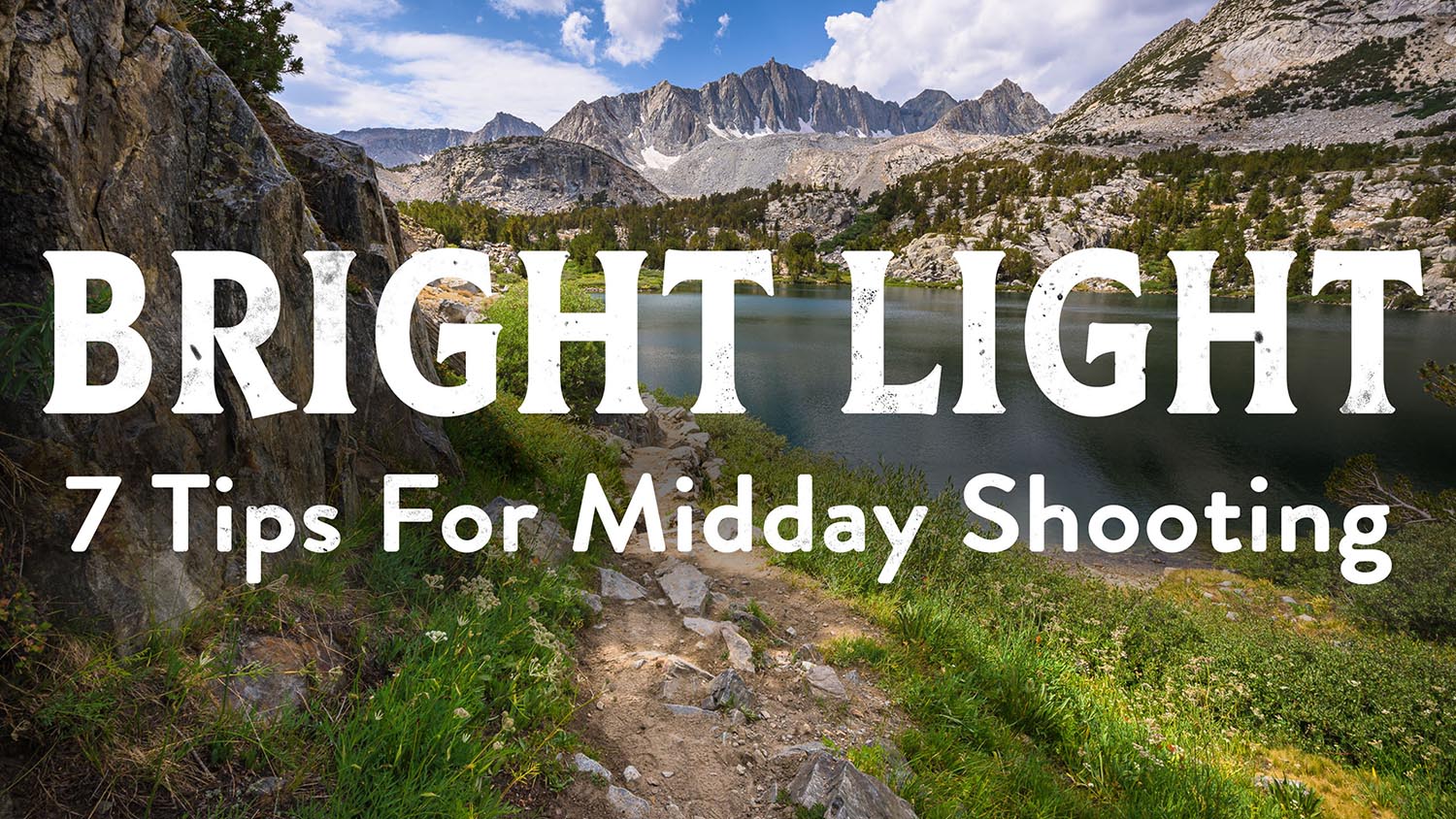
Greetings my excellent friends it’s Josh Cripps here. And I’m back with another landscape photography question of the week. And this week’s question comes to
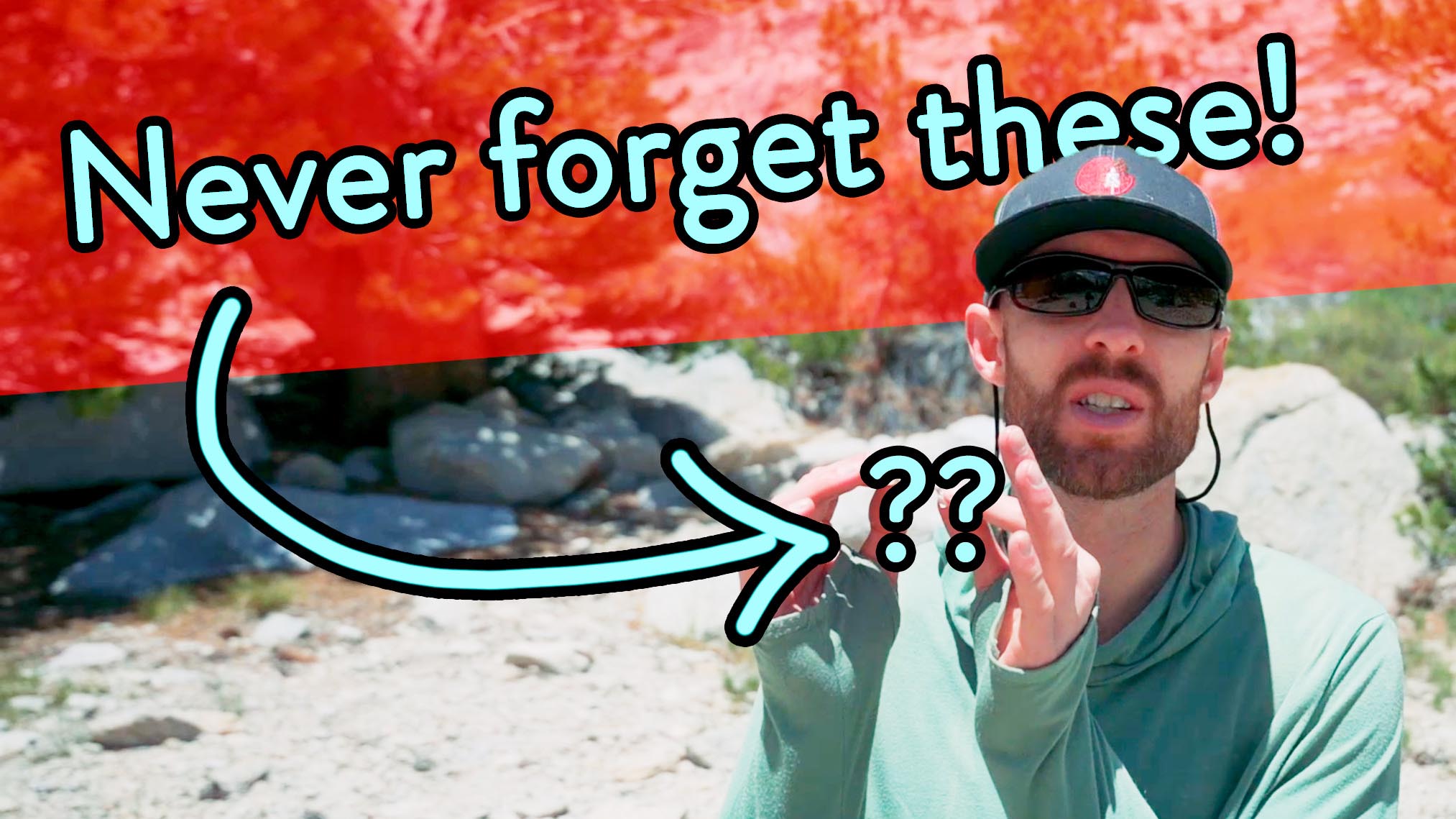
Hey there, Joe pal here, JC. And today I’m coming at you from about 10 miles into the back country of Kings Canyon national park.
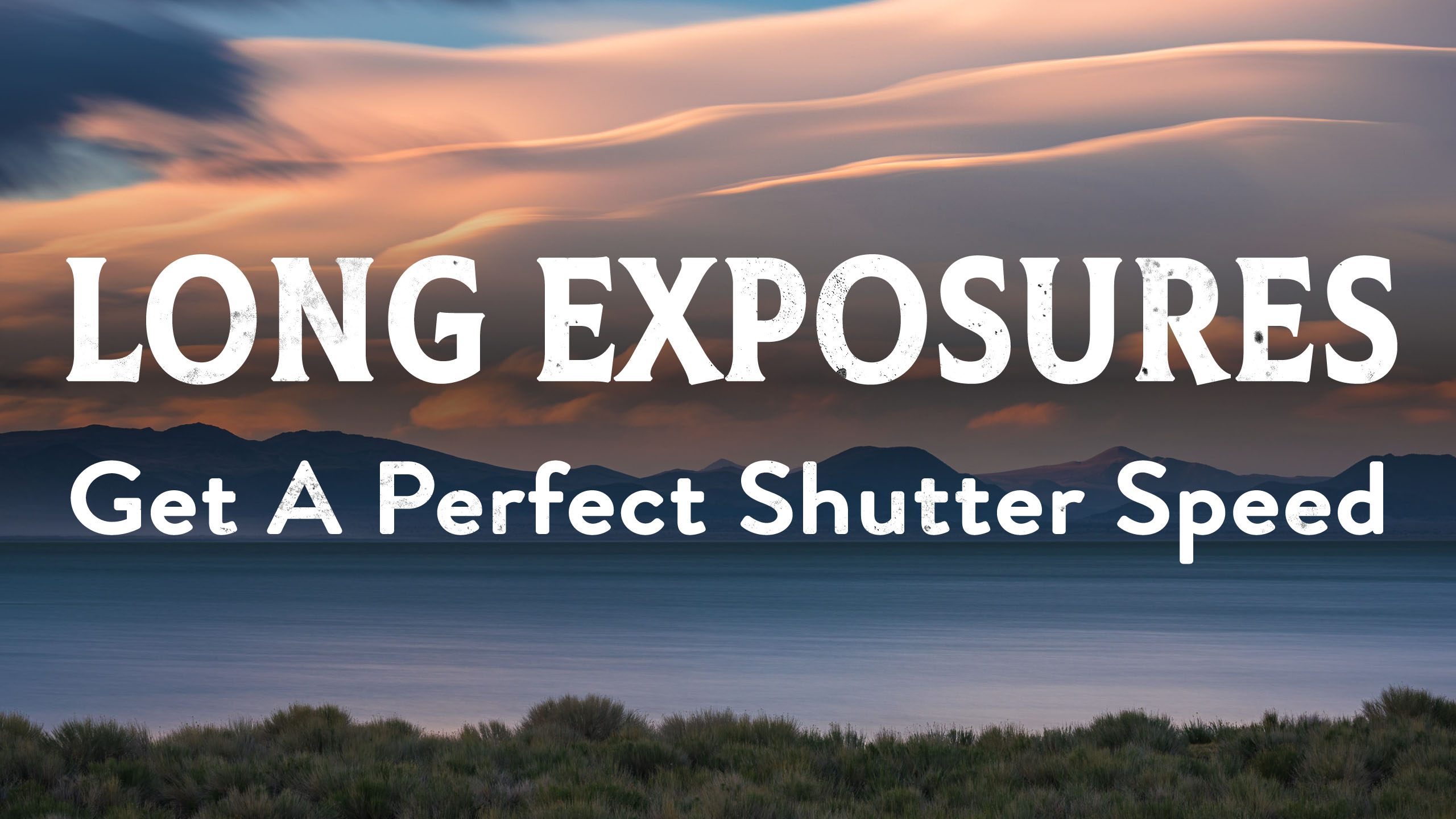
Master Long Exposure Landscape Photography with 10 stop ND Filters
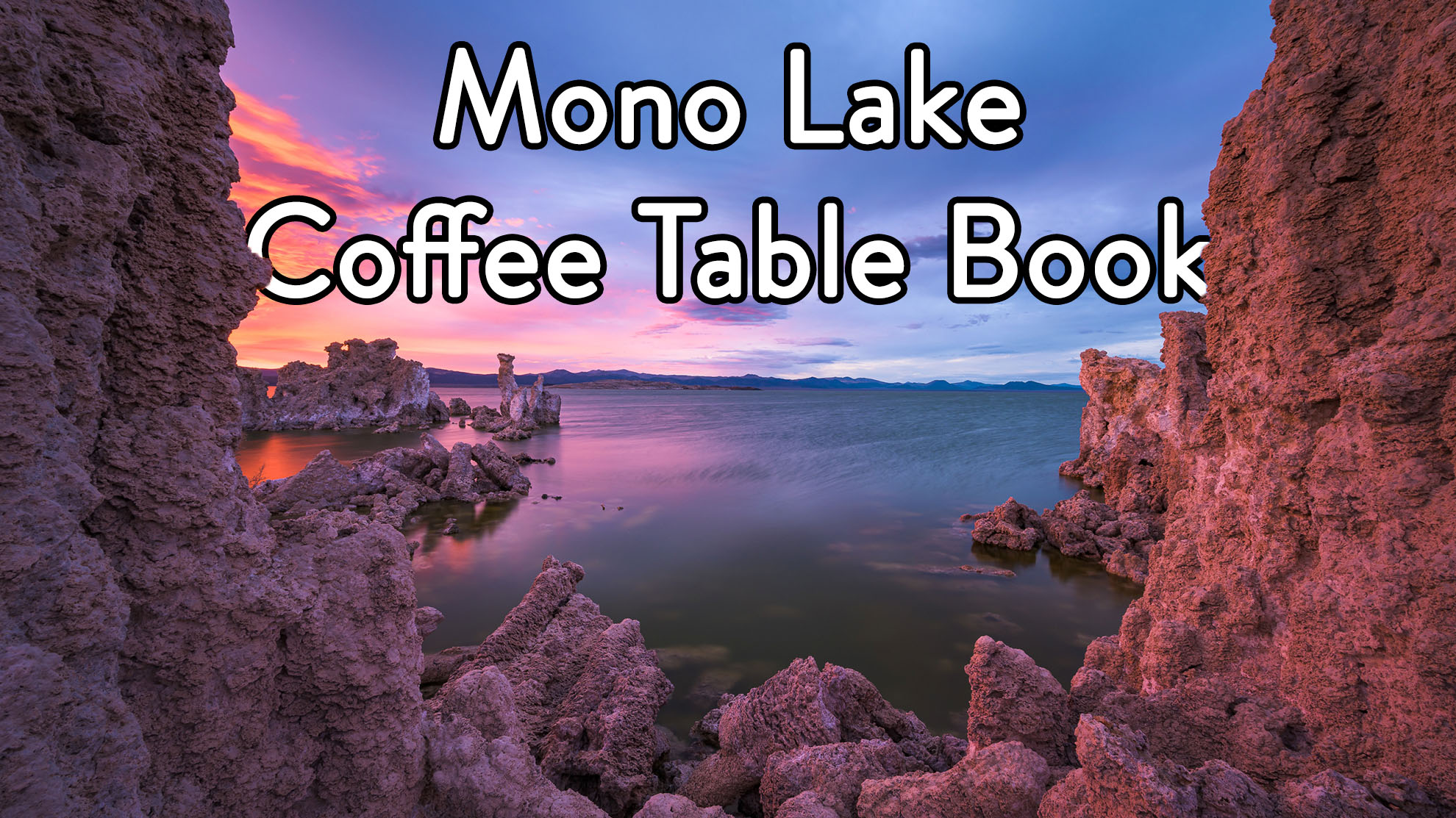
So over the last couple of months, throughout this whole coronavirus lockdown, I’ve gotten not a small amount of messages from people who have been
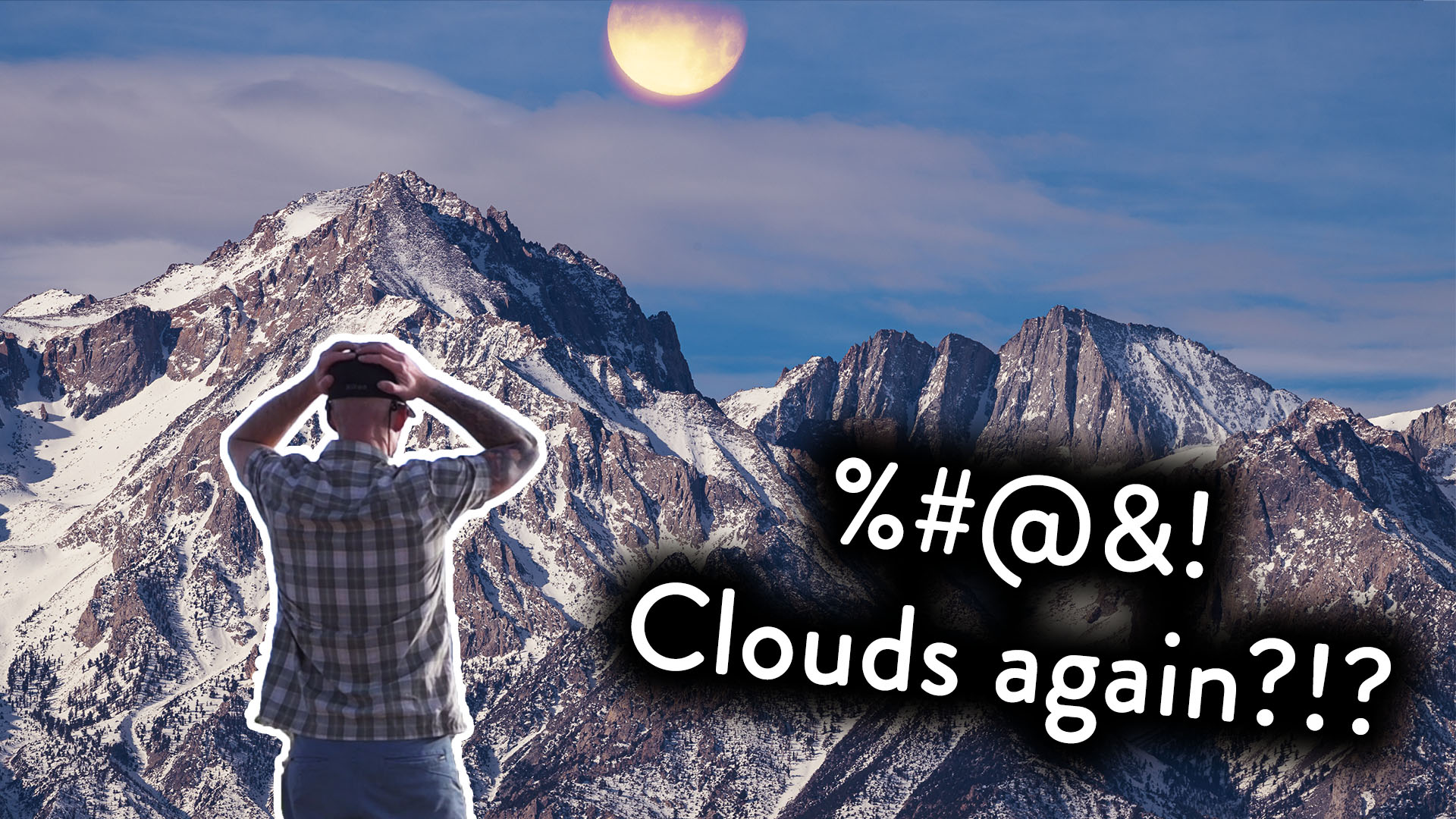
Heyo. So today is the full moon. It’s June 5th and I’m actually supposed to be in a place called Independence, California lining up a
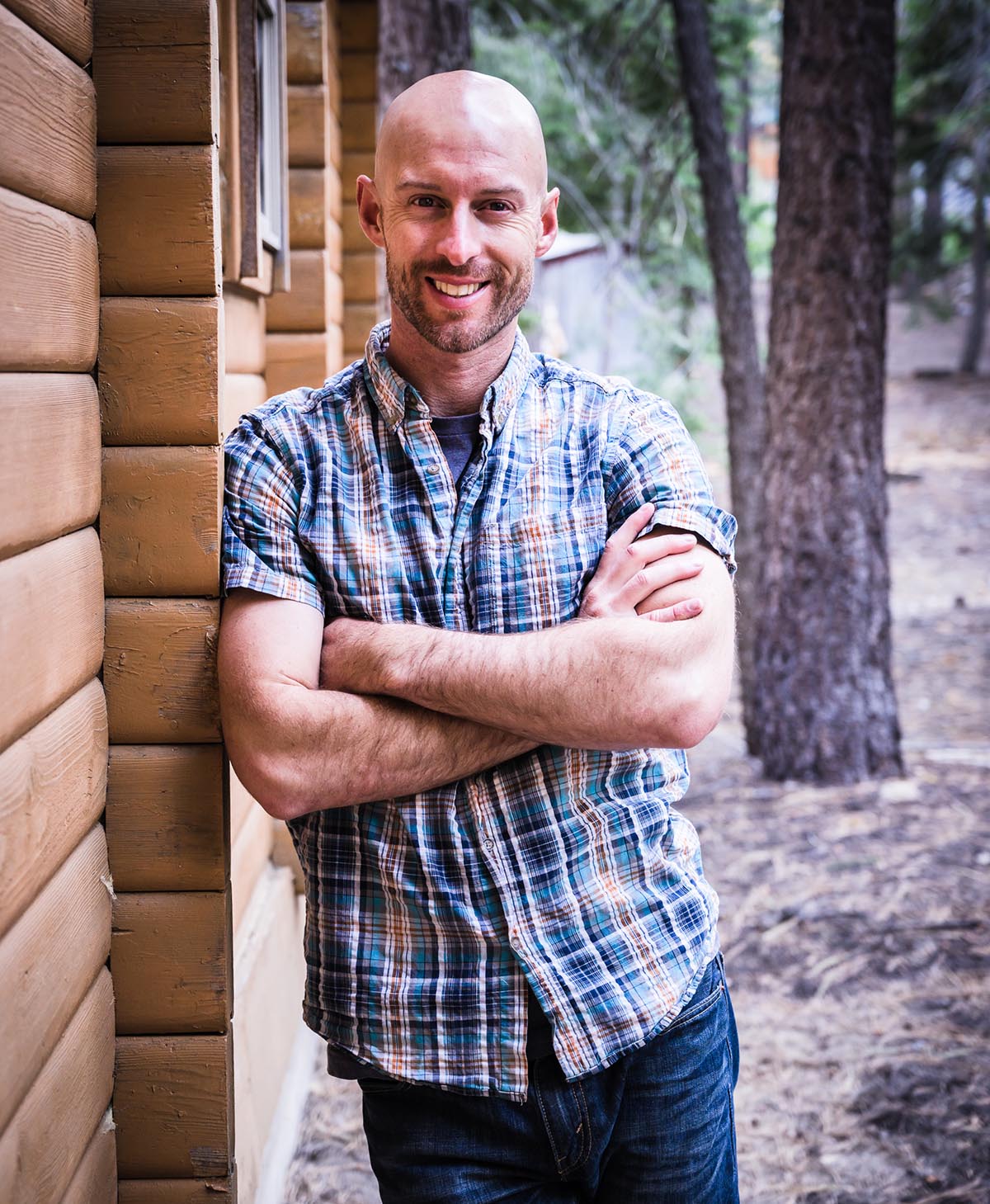
Joshua Cripps is a renowned landscape photographer who has garnered worldwide acclaim for his breathtaking images of our planet’s wild places. His photos have been published by the likes of National Geographic, NASA, CNN, BBC, and Nikon Global.
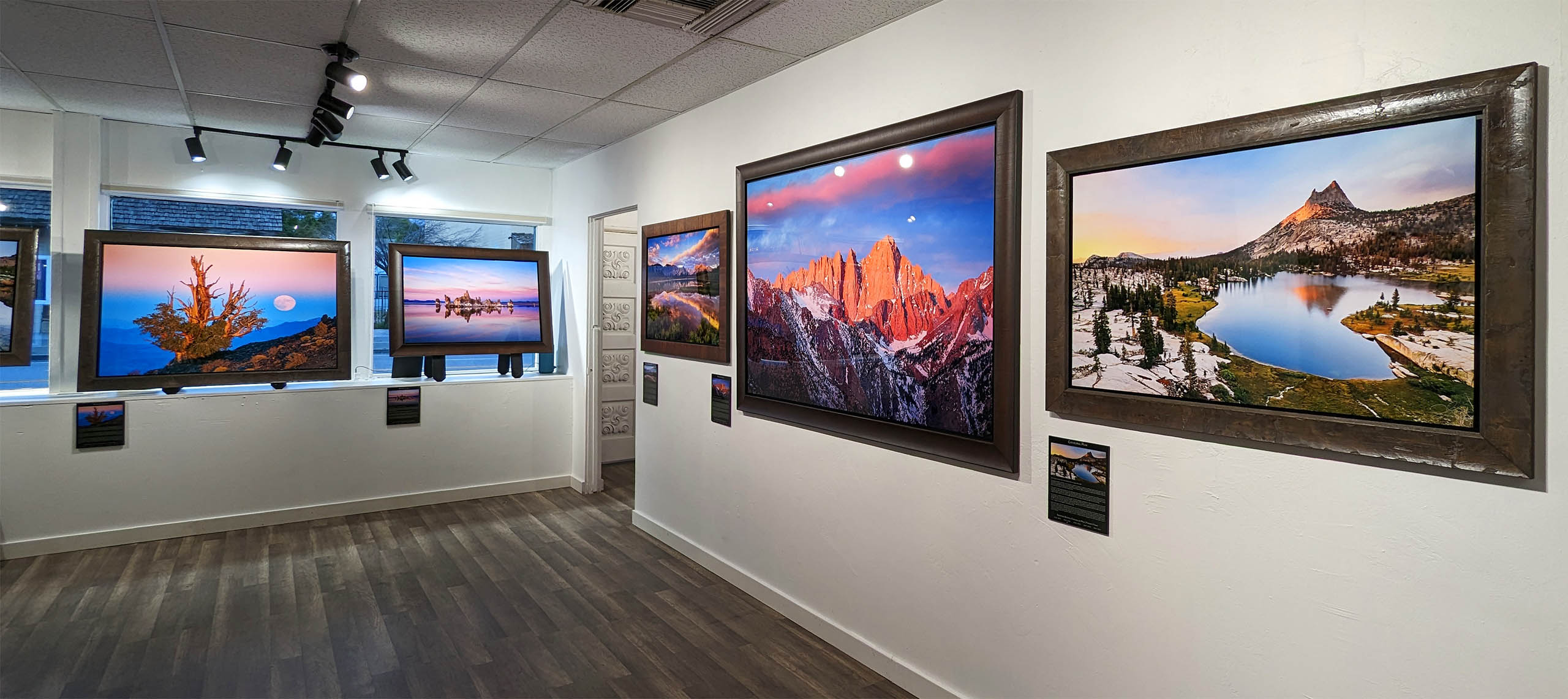
The Mt. Whitney Gallery was founded in 2023 by Joshua Cripps as a way to share his passion stunning landscapes of the Sierra Nevada and beyond.
Set at the foot of the breathtaking Sierra with a view of the range’s highest peaks, the gallery features large format, museum-caliber fine art prints of Josh’s signature photographs.
Course Login | Results Disclaimer | Terms and Conditions | Privacy Policy
© Copyright – Joshua Cripps Photography
Get free tutorials, workshop invites, and exclusive photo tour updates delivered to your inbox.
📷 Easy-to-follow video and written tutorials
🌄 Early access to photo tours & workshops
🧭 Pro tips from real-world shooting experience
No spam. Unsubscribe anytime.
